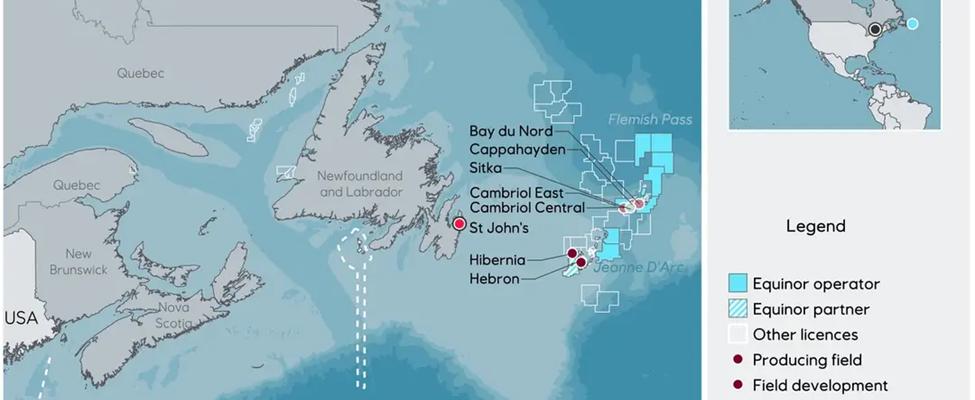The federal Fiscal Monitor data for November 2022
This post summarizes recent developments in the Fiscal Monitor data to help Canadians better understand recent developments in federal public finances. In addition, we use the monthly data to construct projections for total federal revenue, expenses and the budget balance by the end of the fiscal year. Read this articleThe federal Fiscal Monitor data for November 2022


